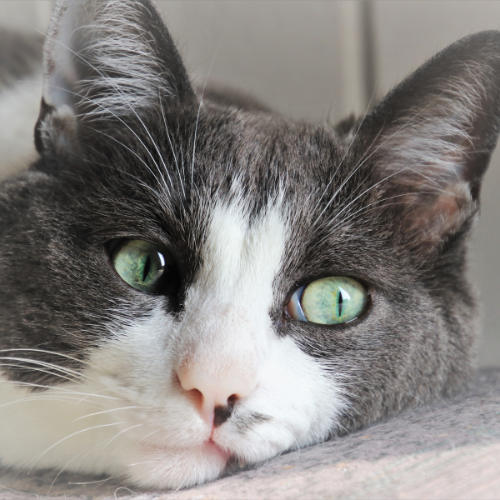
Importance of Spaying and Neutering Cats
Spaying and neutering are fundamental procedures in responsible pet ownership that significantly contribute to the overall well-being of cats while also addressing the issue of pet overpopulation. These routine surgeries offer various benefits for feline companions and their human caregivers.
Spaying, specifically performed on female cats, involves the removal of the ovaries and sometimes the uterus. This procedure is designed to curb the cat’s fertility and ability to reproduce, as well as undesirable behaviors associated with mating instincts. While spaying does not fundamentally alter a cat’s personality, some owners observe that spayed females may become more affectionate and less prone to aggression.
Determining the ideal age for spaying is crucial. Veterinary recommendations generally fall within the range of 4 to 6 months. This timing ensures effective prevention kittens and of unwanted behaviors whilst minimizing the risks associated with the surgery at a too young age.
The healing period following spaying varies, but most cats recover within 2 days, however the wound will require a longer healing period up to 10 days in general. During this time, it is essential to minimize the cat access to the wound as otherwise they might remove their sutures, the advised Elizabethan collar is hence strongly recommended to be used 24/7 till suture removal and wound healing control has taken place. Monitoring for any signs of complications, such as infection or excessive swelling, is advised during the post-operative phase, if unsure, a photo of the wound send to our Whatsapp number can avoid anxiety and a trip to the vet.
Concerns about the potential pain associated with spaying are common among cat owners. While a bit of post-surgery discomfort is normal, modern pain management techniques employed by veterinarians significantly alleviate any potential distress. It is important to note that the discomfort is temporary and part of the healing process. It is also important not to compare the pain experienced in humans for similar procedures to same procedures in Pets, in general animals have a different way of dealing with pain and with proper pain medication will be adjusting soon
Shifting focus to neutering, the analogous procedure for male cats, entails the removal of the testicles. The recommended age for neutering mirrors that of spaying, with the optimal timeframe falling between 7-11 months, allowing the male cat to develop a more male and mature body with leaner muscles based on the initial onset of male hormones.
Neutering has its own set of positive effects. It drastically diminishes the inclination to mark territory with urine, thereby curbing undesirable spraying behaviors, as well as serves to reduce aggressive behaviors and the propensity for roaming. Furthermore, neutered males often exhibit a more docile demeanor and are less prone to engaging in fights.
Neutered male cats in general recover the same day. They are allowed to lick their wounds but if this behavior becomes excessive, an Elizabethan collar is advised to be used for them as well. They have no sutures and therefore do not need to be seen for control check-up and suture removal. Things to look for in their healing process are; excessive licking of the castration area, bleeding, bad smell or swelling of the area, in which case a photo sent to our Whatsapp will allow us swift advise to either bring the cat in or to put your mind at ease.
Despite the numerous advantages, (such as: no more reproduction, no behavior of cats on heat, no straying looking for a mate and reduced problems with cancer of ovaries, mammary glands or uterine infections), there are some considerations to be aware of. All surgeries involve risks, which are substantially mitigated due to the advanced quality and safety developments of current anesthetics as well as by the expertise of a qualified veterinarian. Weight gain, often mentioned as a potential drawback for spayed cats, is not related to the surgery itself, but the calming down in behavior resulting in a different conversion of energy. It is therefore advised to feed spayed and neutered cats less food or food less in energy, as well as monitor their daily exercise levels and tease them to increase their energy burning activities.
In conclusion, spaying and neutering are integral components of responsible pet ownership, offering a myriad of benefits for both cats and their owners. These routine procedures contribute to the well-being of feline companions by curbing undesirable behaviors, promoting health, and addressing the broader issue of pet overpopulation. Consideration of the appropriate age for these surgeries and consultation with a qualified veterinarian ensures a positive outcome tailored to the individual needs of each cat.
Written by: Dr. Razan Hassan El Moussawi – Veterinarian
